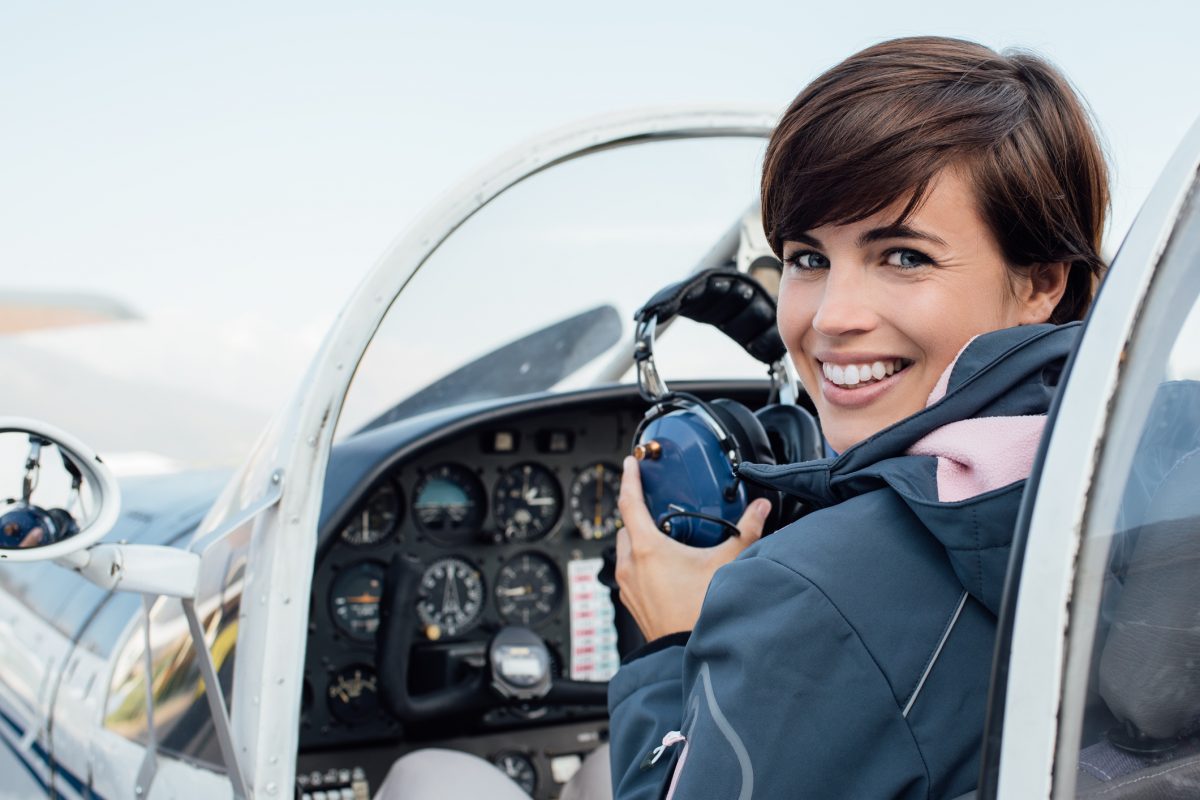
Most pilots know the importance of effective risk management for a successful and safe flight. But far too often, pilots forget to evaluate their own fitness for flight and fail to consider the risks they bring to the equation as pilot in command. Before flying, a pilot must be able to answer three questions: Am I healthy? Am I legal? Am I proficient? Last time, we talked about meeting the FAA’s requirements to stay current. This week, we’re discussing one of the most important topics in pilot safety: maintaining proficiency.
Currency isn’t the same thing as proficiency. Being proficient requires a pilot to go beyond meeting the minimum standards set forth by the FAA to maintain currency. According to the AOPA, “proficiency in an aircraft includes normal operations as well as knowledge of the emergency procedures for the aircraft that you fly, as well as type of flying.” Proficient pilots don’t settle for merely satisfying the currency requirements; they are constantly looking for ways to hone their flying abilities and continue building new skills.
Proficiency also plays a critical role in aviation safety. It’s been shown that many general aviation accidents have less to do with flying time and more to do with the pilot’s lack of proficiency. When it comes to maintaining proficiency, practice is the key. Here are a few tips to follow to improve proficiency and keep your flying skills up to date:
Set goals
To get the most out of your proficiency training, set personal goals and define what you want to accomplish on each flight. Make sure you’re practicing basic skills often, which might include maneuvers like soft-field takeoffs, landings, and go-arounds. Take the time to practice some of your rarely-used skills and learn some new ones, too. On days when you can’t go flying, review your POH or do some armchair flying and run through your checklists to practice cockpit flow. Practicing abnormal and emergency procedures will also help you gain a better understanding of your aircraft and improve your likelihood of a successful emergency response.
Practice with a CFI or a more experienced pilot
Your flight review isn’t the only time to fly with a flight instructor. If you’re feeling rusty in any area, don’t be afraid to enlist the help of an instructor for a refresher flight. An instructor can provide feedback that will help you refine your flying skills and promote better safety. If you can’t fly with a CFI, ask a more experienced pilot to accompany you on your next flight. Joining a flying club is a great way to connect with fellow pilots who can provide helpful coaching, advice, and mentorship.
Take advantage of flight simulator programs and safety seminars
Another cost-effective way to maintain proficiency is by using flight simulators and training programs. Today’s pilots have access to a variety of high-tech simulator systems that provide realistic, scenario-based training for any experience level.
Pilots can also take advantage of continuing education programs and safety seminars to keep their skills sharp. Some popular resources include the FAA’s “WINGS” pilot proficiency program and AOPA’s training and safety programs.
Improving proficiency is a valuable investment in your safety and skills as a pilot. The next time you set out to fly, do an honest self-assessment of your proficiency. Are you doing everything you can to advance your skill set and become a safer, more confident pilot?